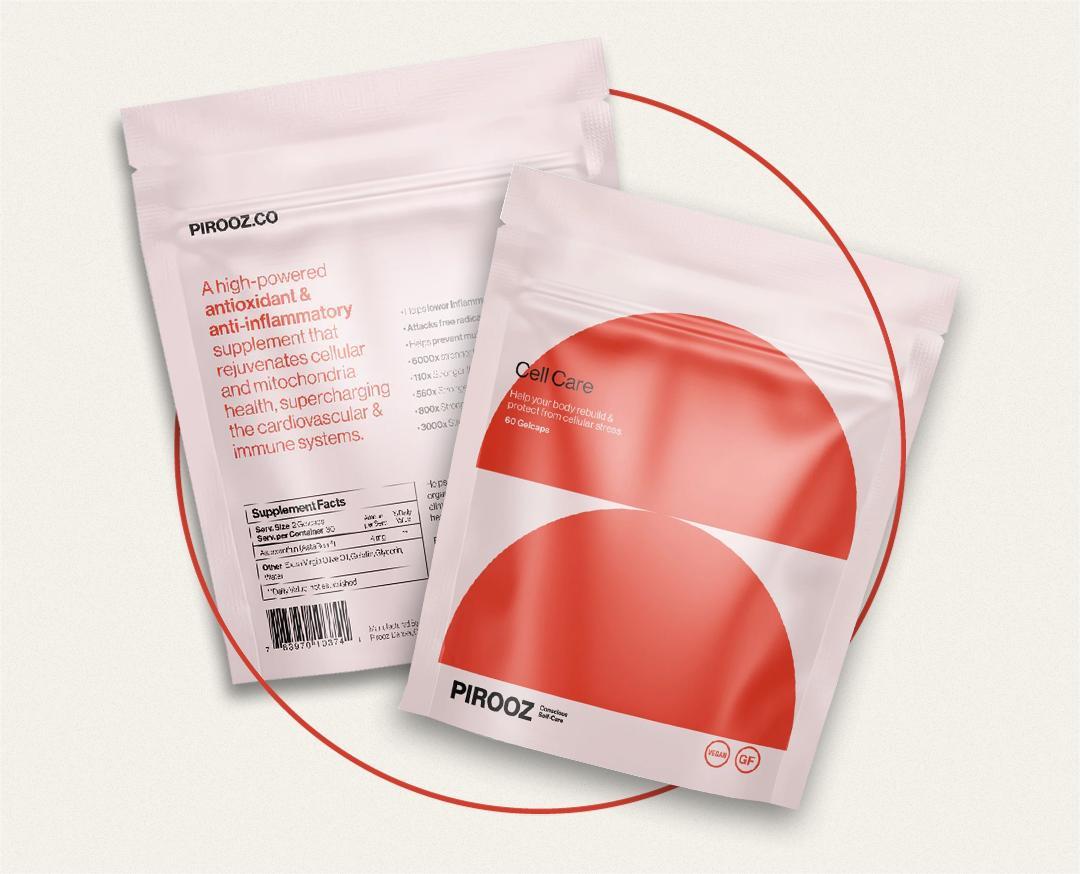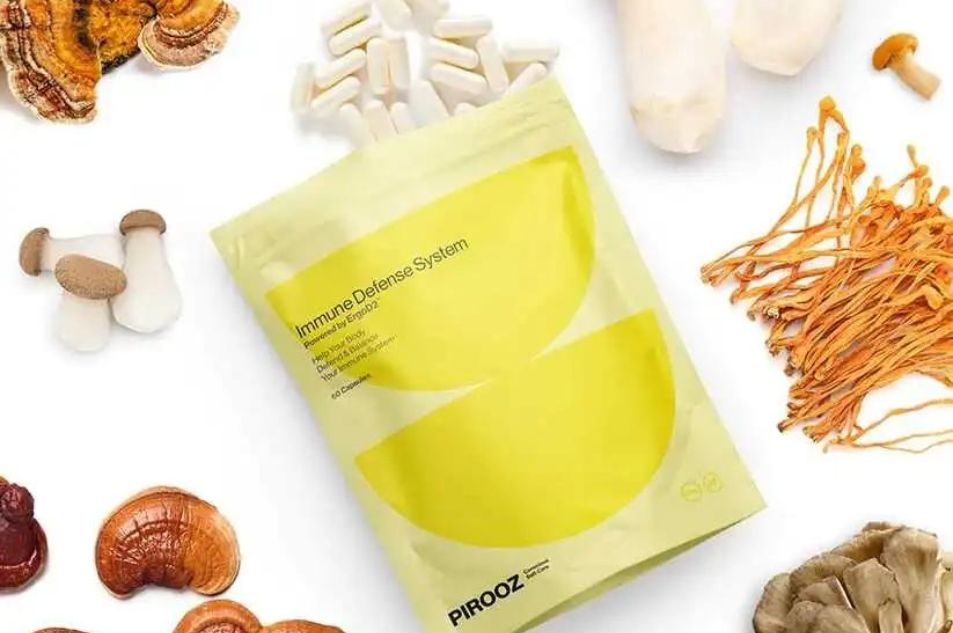5 Reasons Why Astaxanthin is Essential for Cell Care

pirooz cell care
In the world of health supplements, there’s a rising star that’s catching everyone’s attention: Astaxanthin. This powerful antioxidant, derived from microalgae, is renowned for its numerous health benefits, particularly in cell care. If you’re curious about why Astaxanthin is creating such a buzz, let’s delve into five compelling reasons why it’s essential for your cell care routine.
Potent Antioxidant Protection:
Astaxanthin stands out among antioxidants for its exceptional potency. It’s estimated to be up to 6,000 times stronger than Vitamin C, making it a formidable defender against oxidative stress. Oxidative stress occurs when there’s an imbalance between the production of free radicals and the body’s ability to neutralize them. These free radicals can damage cells, proteins, and DNA, leading to premature aging and various health issues. By incorporating Astaxanthin into your daily regimen, you provide your cells with robust protection against oxidative damage, thereby promoting cellular health and longevity.
Supports Skin Health:
Your skin, the body’s largest organ, is constantly exposed to environmental stressors like UV radiation and pollution, which can accelerate aging and impair cellular function. Astaxanthin’s potent antioxidant properties help combat these external aggressors, reducing oxidative damage and inflammation in the skin cells. Studies have shown that Astaxanthin supplementation can improve skin elasticity, moisture levels, and overall appearance, helping you maintain a youthful glow from within.
Enhances Eye Health:
Just as Astaxanthin cell care protects skin cells from UV damage, it also benefits the delicate cells of the eyes. The retina, in particular, is highly susceptible to oxidative stress due to its exposure to light and oxygen. Astaxanthin’s ability to cross the blood-retinal barrier makes it uniquely suited to support eye health by neutralizing free radicals and reducing inflammation. Research suggests that Astaxanthin supplementation may help prevent age-related macular degeneration, cataracts, and other vision disorders, making it a valuable ally for maintaining clear and sharp vision as you age.
Boosts Brain Function:
The brain is another organ vulnerable to oxidative stress, which can contribute to cognitive decline and neurodegenerative diseases like Alzheimer’s and Parkinson’s. Astaxanthin’s antioxidant and anti-inflammatory properties have been shown to protect brain cells from damage, enhance cognitive function, and promote neuroplasticity—the brain’s ability to adapt and form new connections. By incorporating Astaxanthin into your daily routine, you can support mental clarity, focus, and memory, helping you stay sharp and alert as you age.
Promotes Heart Health:
Maintaining cardiovascular health is crucial for overall well-being, and Astaxanthin may offer significant benefits in this area. Research indicates that Astaxanthin helps lower blood pressure, improve lipid profiles, and reduce oxidative stress in the heart muscle, thereby reducing the risk of heart disease and stroke. Additionally, Astaxanthin’s anti-inflammatory properties may help alleviate arterial stiffness and improve blood flow, supporting optimal cardiovascular function. By prioritizing heart health with Astaxanthin supplementation, you can safeguard your most vital organ and enjoy a longer, healthier life.
Conclusion
Astaxanthin emerges as a powerhouse nutrient with remarkable benefits for cell care. Its potent antioxidant, anti-inflammatory, and neuroprotective properties make it a valuable addition to any wellness routine, offering comprehensive support for skin, eye, brain, heart, and overall cellular health. Whether you’re looking to maintain youthful vitality or safeguard against age-related ailments, Astaxanthin deserves a prime spot in your daily regimen. Take the proactive step towards optimal cell care today and experience the transformative benefits of Astaxanthin firsthand.
 Your Health’s First Stop: Understanding the Role of a Primary Care Doctor
Your Health’s First Stop: Understanding the Role of a Primary Care Doctor  Locating the Right Autoclave Machine Supplier or Manufacturers: A Comprehensive Guide
Locating the Right Autoclave Machine Supplier or Manufacturers: A Comprehensive Guide  Eight Factors to Consider While Choosing a Mortuary Chamber Manufacturer
Eight Factors to Consider While Choosing a Mortuary Chamber Manufacturer  Everything You Need to Know About the MCI Test in Hicksville, NY
Everything You Need to Know About the MCI Test in Hicksville, NY  Your Heart’s Best Friend: Finding the Right Cardiologist in Brooklyn, NY
Your Heart’s Best Friend: Finding the Right Cardiologist in Brooklyn, NY  Are Mushroom Supplements Safe for Daily Consumption?
Are Mushroom Supplements Safe for Daily Consumption?  The Ultimate Guide to CenturyVeneers: Everything You Need to Know Before You Buy
The Ultimate Guide to CenturyVeneers: Everything You Need to Know Before You Buy  Keep Your Business Going with Commercial Plumbing Supplies in Florida!
Keep Your Business Going with Commercial Plumbing Supplies in Florida!  How Do You Search for the Best Immigration Lawyer in New Jersey?
How Do You Search for the Best Immigration Lawyer in New Jersey?  2024 Top 100+ High DA & PA Business Listing Sites
2024 Top 100+ High DA & PA Business Listing Sites